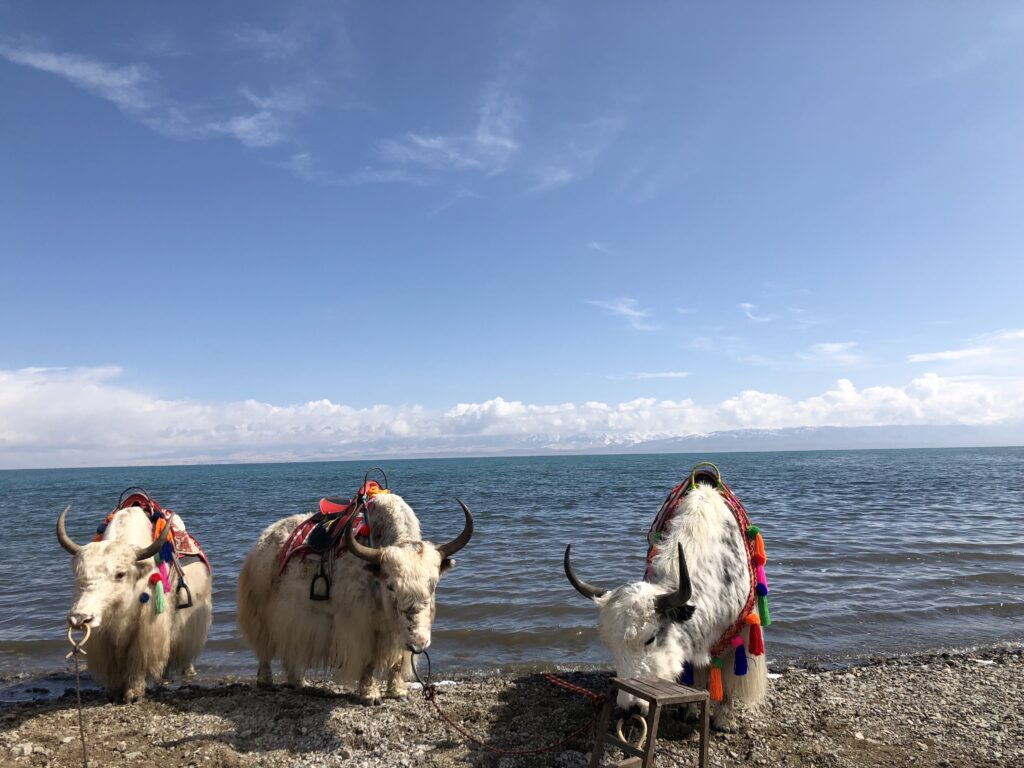
Xining to Chengdu overland route offers one of the best trips in Tibet. The 1500km route from Xining to Chengdu goes through the cultural heartland of Amdo and Kham region of Tibet. and enjoy the magnificent art of Repkong Thangkas. And discover the World’s largest Tibetan printing house Derge Parkhang Chenmo and the amazing watch towers in Gyarong region.
Xining
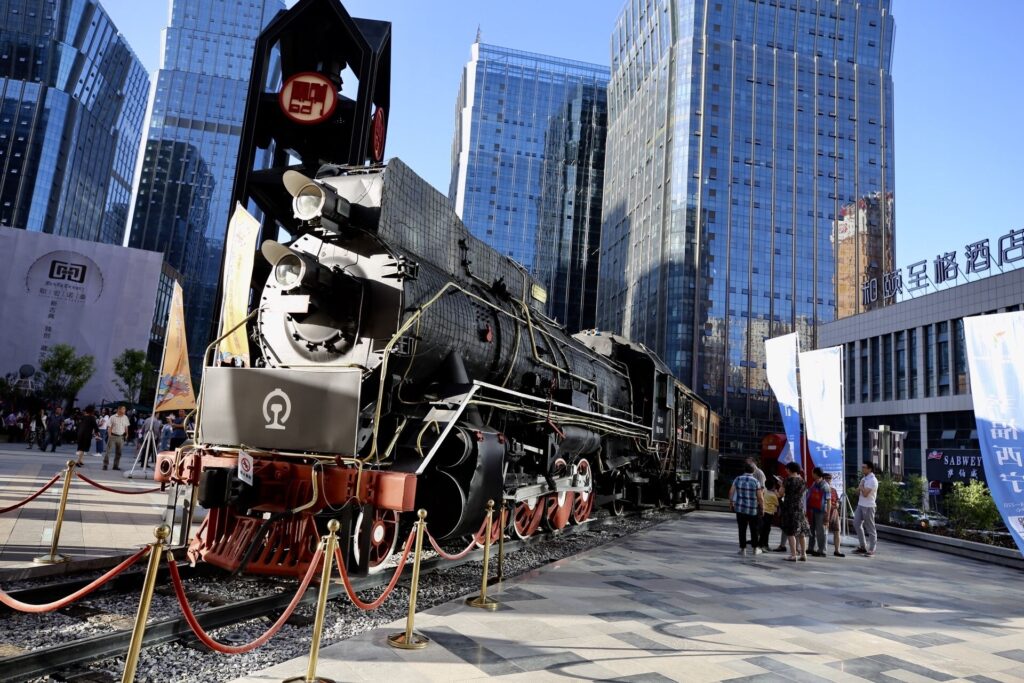
Xining is the largest city on Tibetan plateau. known as Siling in Tibetan, is the start of the Qinghai-Tibet Railway and the gateway to the Amdo region of Tibet. Just outside the city are many famous monasteries, national parks, and nomadic grasslands worth visiting.
Qinghai Lake
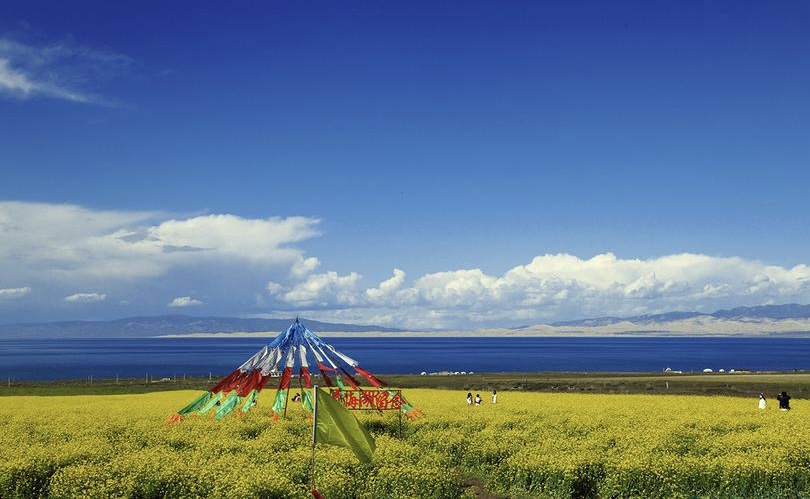
Kokonor (Qinghai Lake or Tso Ngonpo) – the largest lake in China. It is also known as Tso Ngonpo in Tibetan and Qinghai lake in Chinese, which means “blue lake” in Tibetan, Chinese, and Mongolian languages. It is a holy lake for both Tibetans and Mongolians.
Shachung Monastery
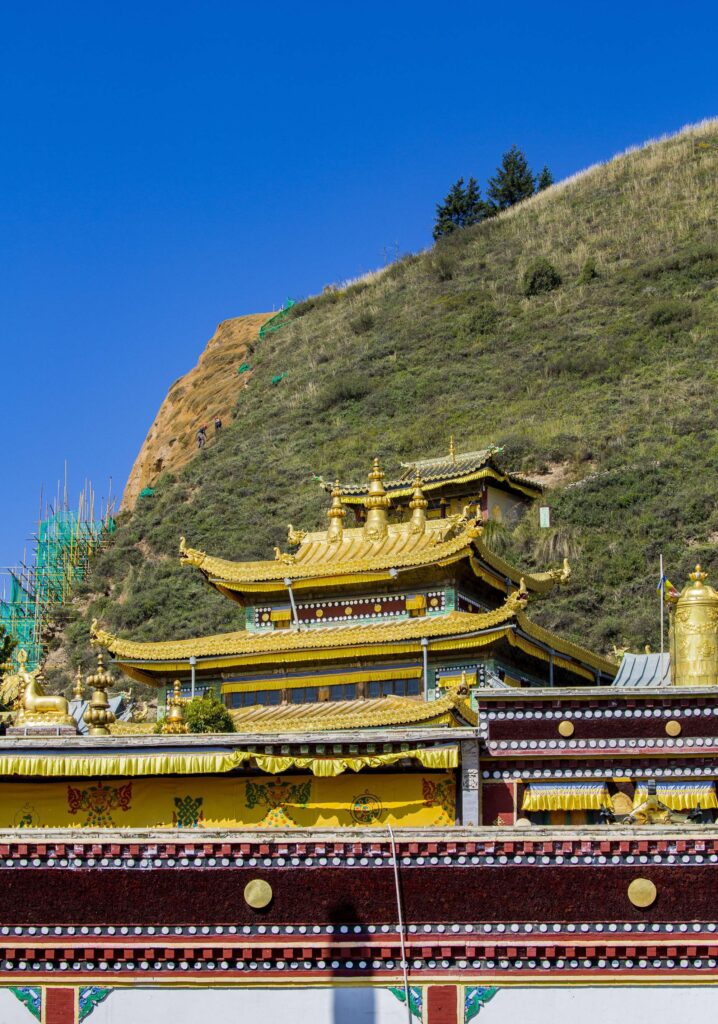
Shachuang is located on a ridge of a mountain and the views from it are breathtaking.
Rebkong
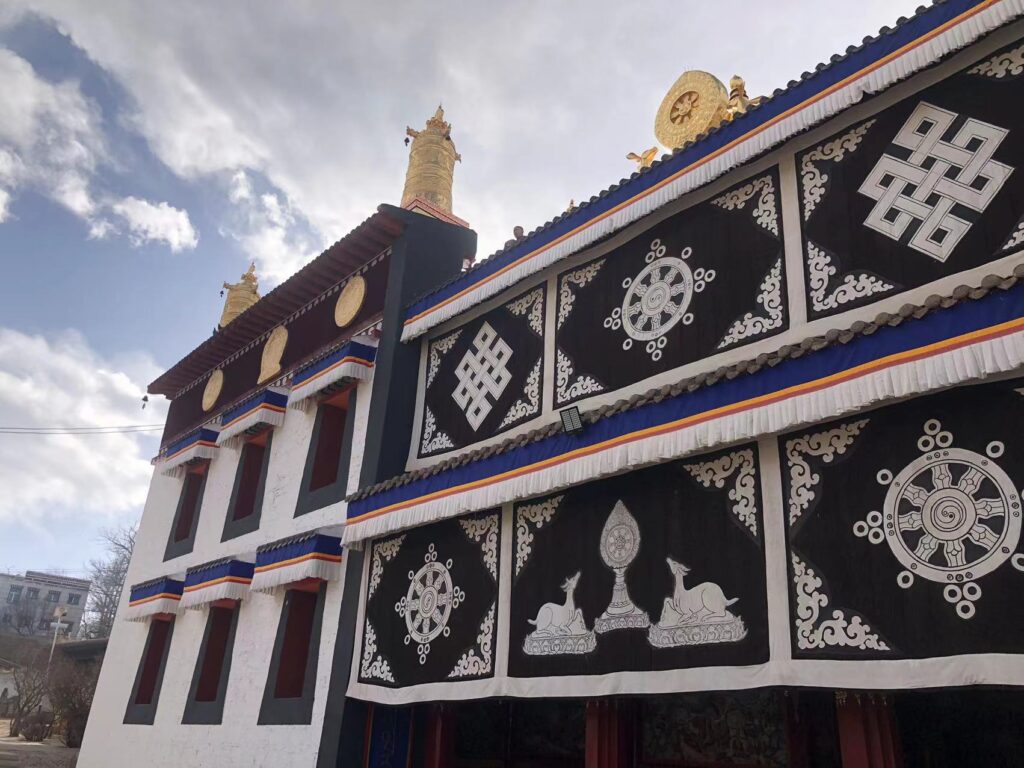
Repkong is home to three large Tibetan Buddhist monasteries and is famous across Tibet for its artists and strong cultural holder in the region.
Labrang
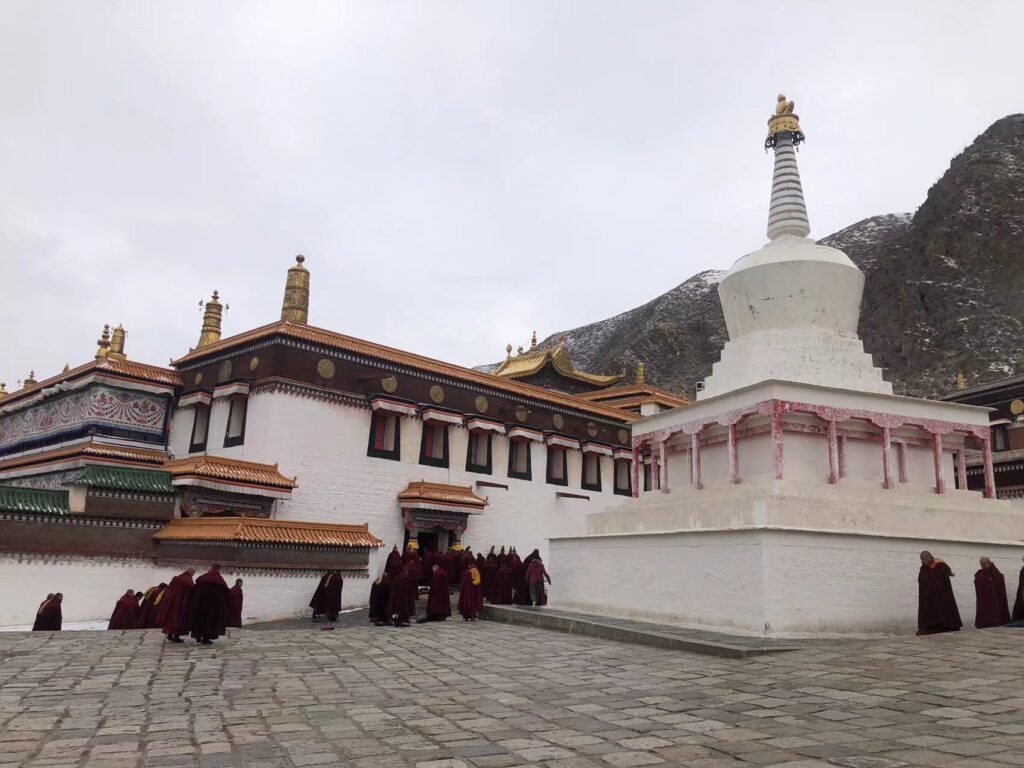
Taktsang Lhamo
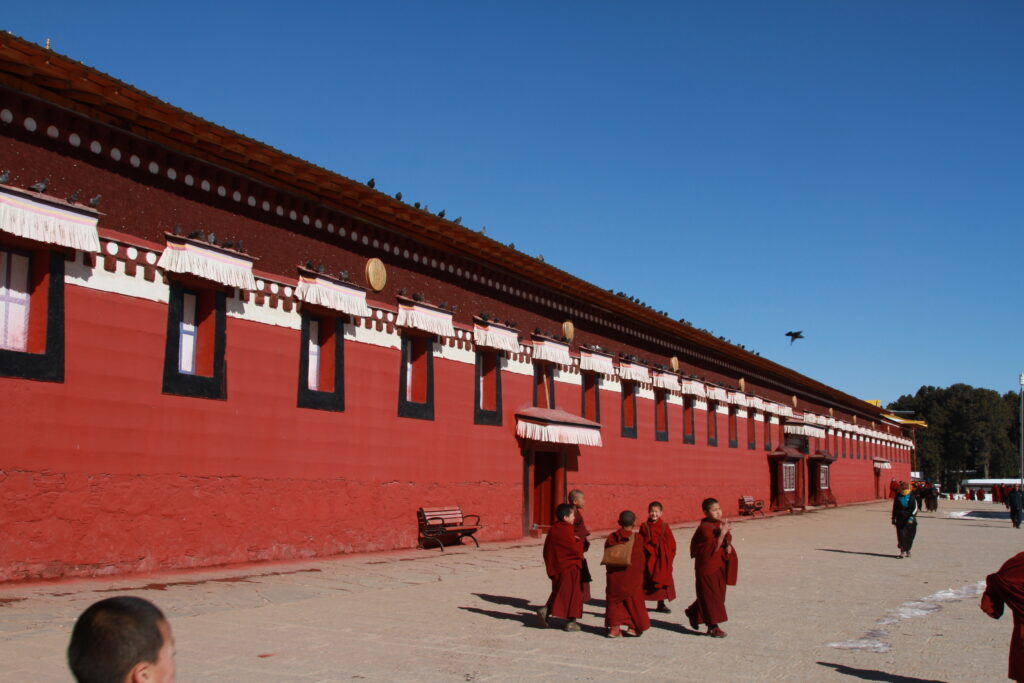
Taktsang Lhamo Monastery, which lies at the border of Sichuan and Gansu Province.You stay at the small Tibetan trading town, next to the monastery. Above the monastery are green hills and the monastery. It is a spectacular scene. At this place, two Yellow Sect monasteries lie side by side but Kirti Monastery belongs to Sichuan Province and Sertri Monastery to Gansu. Kirti was founded in 1413 and many of the monastic buildings have been beautifully reconstructed in the typical Amdo style.
Ngawa
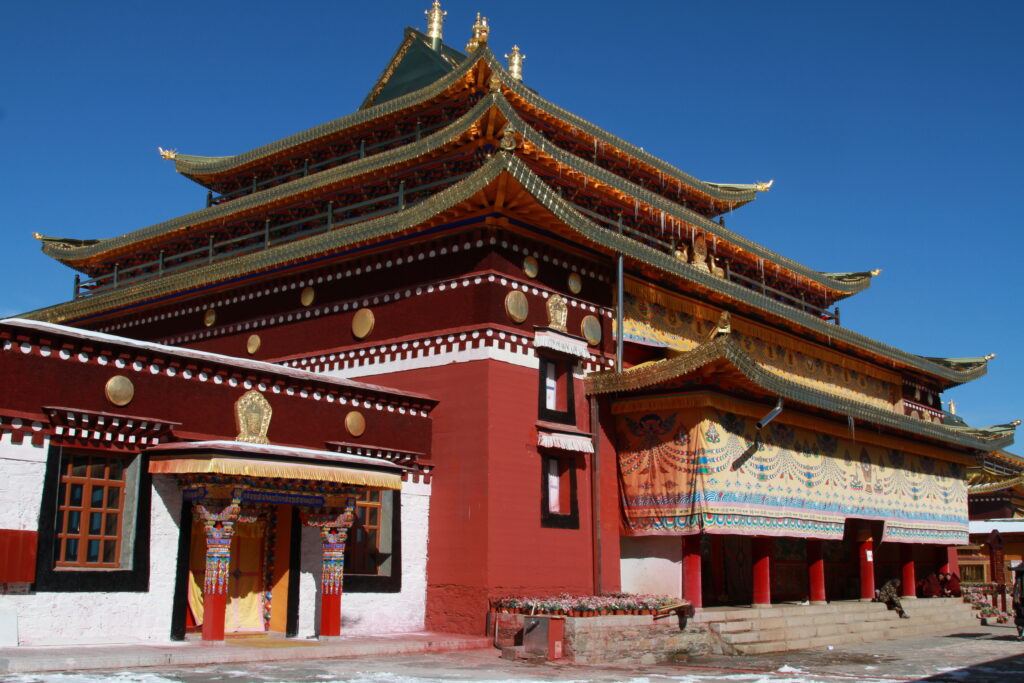
visit Kirti monastery and Nangzhik monastery, Kirti monastery is the largest Geluk monastery in Ngawa county built by Rongpa Chennakpa in 1472. It is a branch of Kirti monastery in Taktsang Lhamo. Nangzhik monastery is the largest Bon monastery in Tibet built in 1108. it is just located northeast of Ngawa county.
Dzamthang
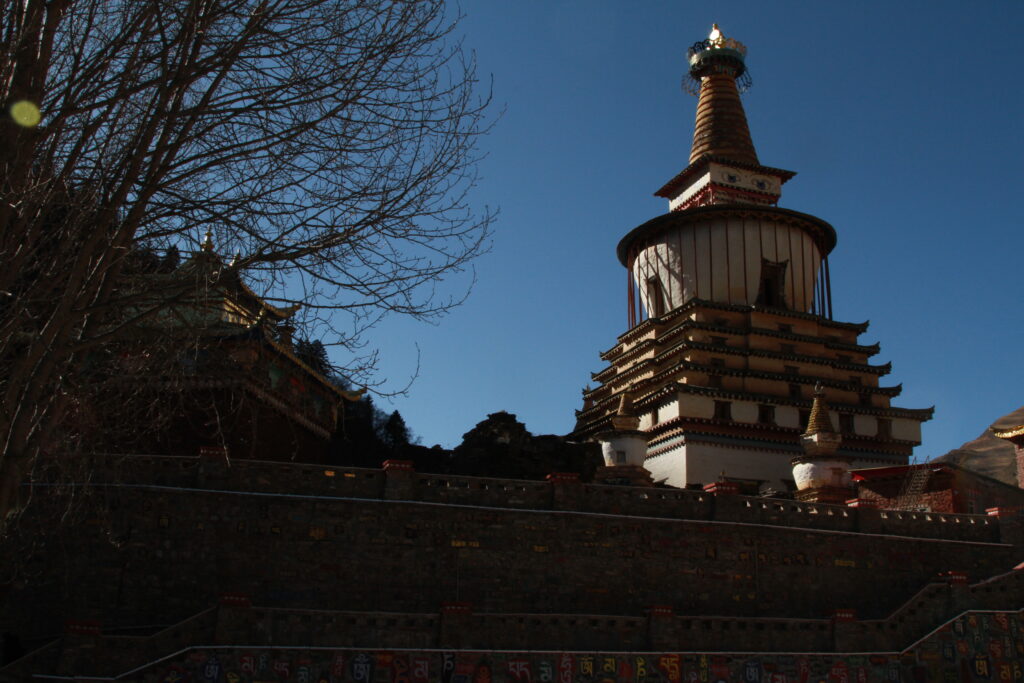
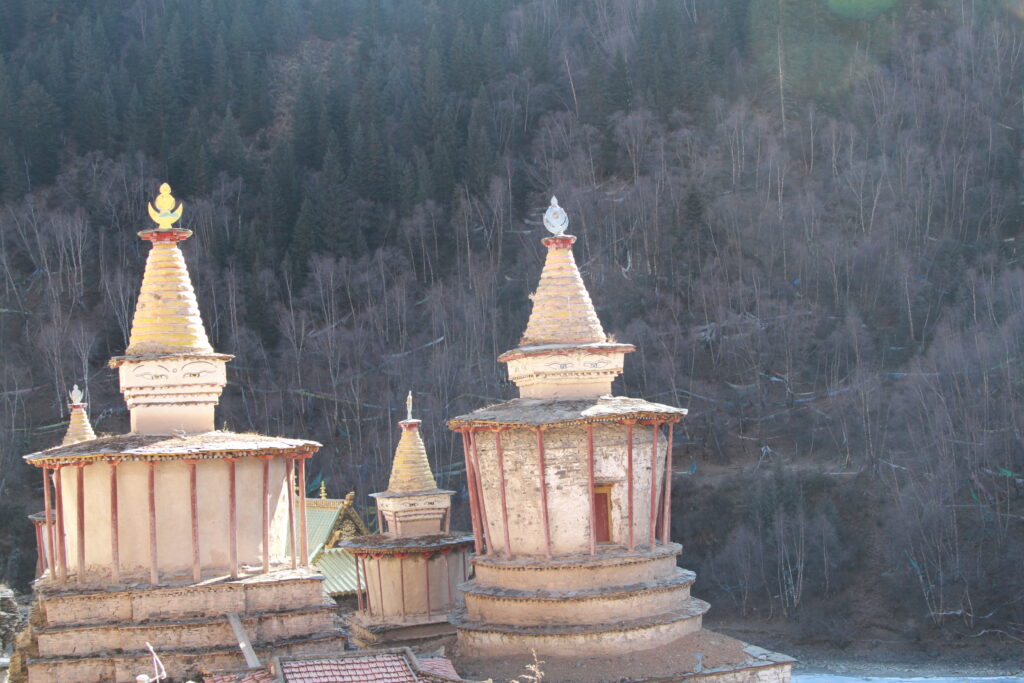
Visit Bangtok monastery. Bangtok monastery belongs to Nyingma tradition. And the monastery is famous of its stone carving Tantra and Sutra. Afterwards drive to the center of Jonang tradition of Tibetan Buddhism. where you will see the largest Jonang monasteries in Tibet. Tsangwa, Choeje and Tsechu monastery.
Ganzi
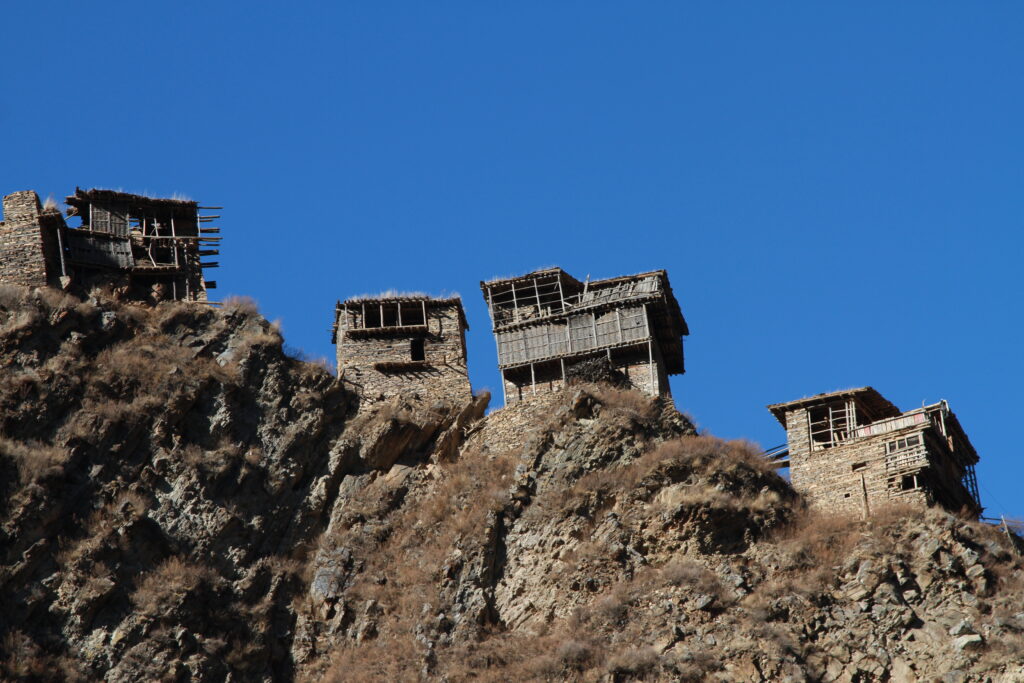
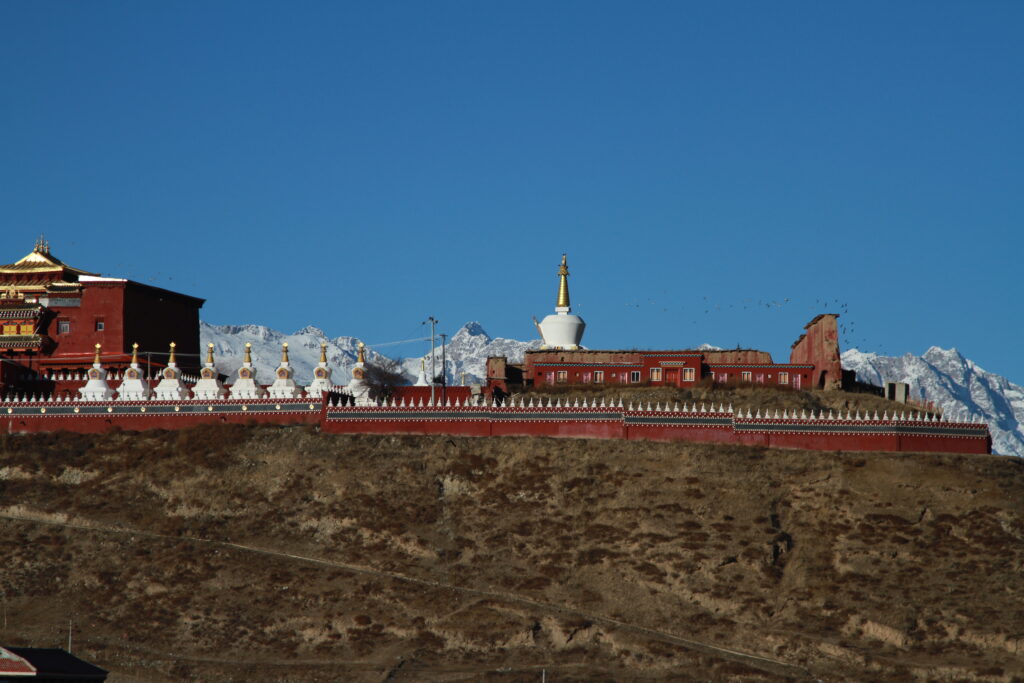
Dzogchen
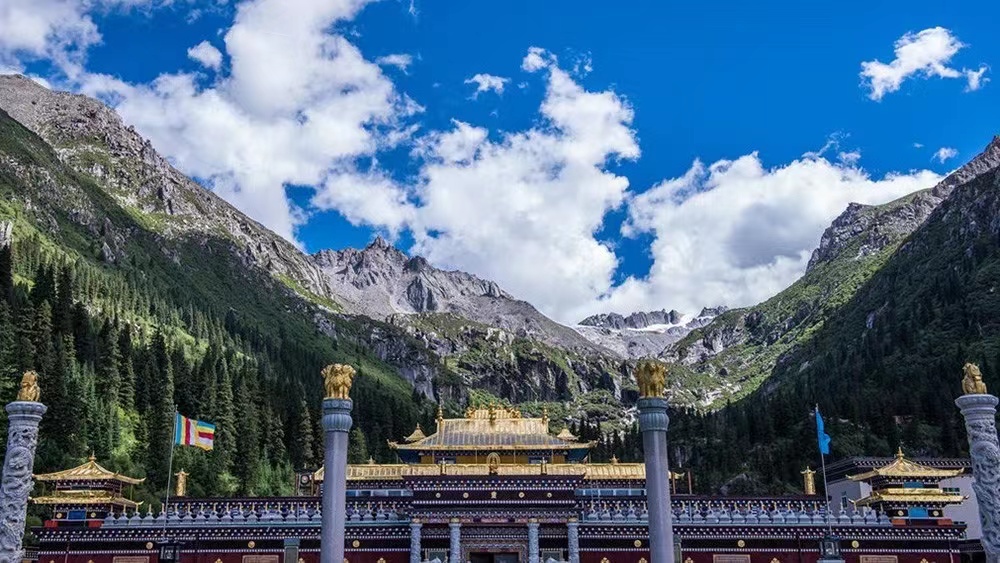
visit Dzogchen monastery. Dzogchen Monastery or Rudam Orgyen Samten Chöling, one of the Six “Mother” Nyingma Monasteries of Tibet, was founded by Dzogchen Pema Rigdzin (1625-1697) in 1675 according to the Great Tibetan Dictionary or 1684 according to Jamyang Khyentse Wangpo.
Derge
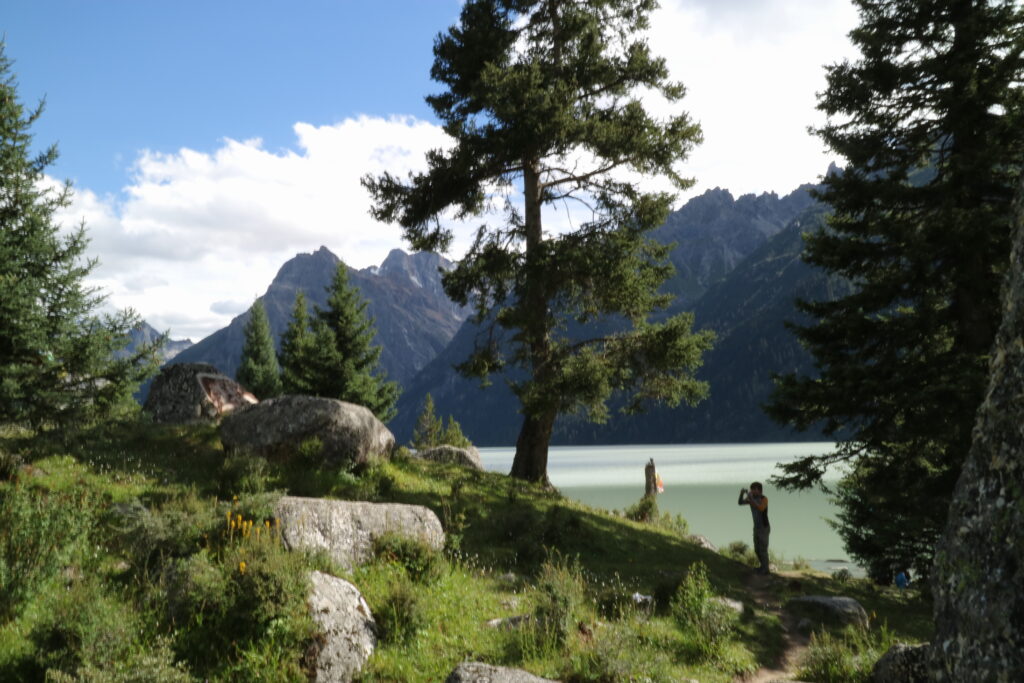
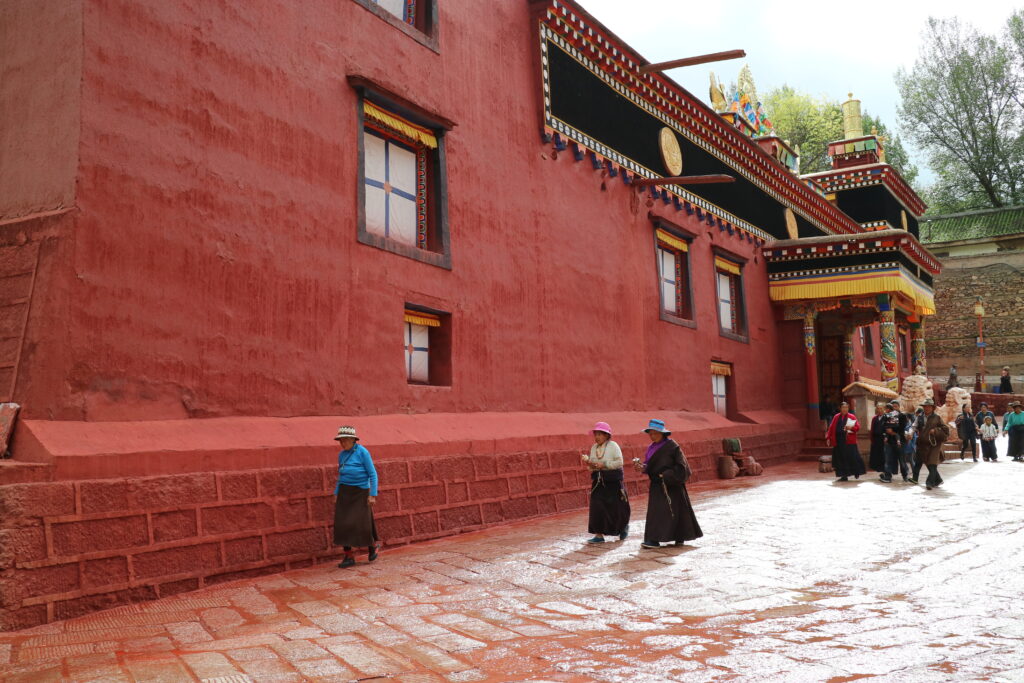
visit Dege Parkhang or Dege Sutra Printing House is independent from the monastery and is the first substantial building you’ll encounter walking south from the town’s center along the stream. The Printing House is in a beautiful traditional temple which was restored in 1991. It is constantly circambulated by townspeople and pilgrims. though you can take pictures of the printing process. The institution was founded in 1729 by Chogyal (dharma king) Denba Tsering. There are more than 140,000 printing blocks, a large collection of national cultural relics and a library comprising 830 books consisting of 10000 volumes. The last surviving copy of an old history of Indian Buddhism is amongst them.
Dzongsar
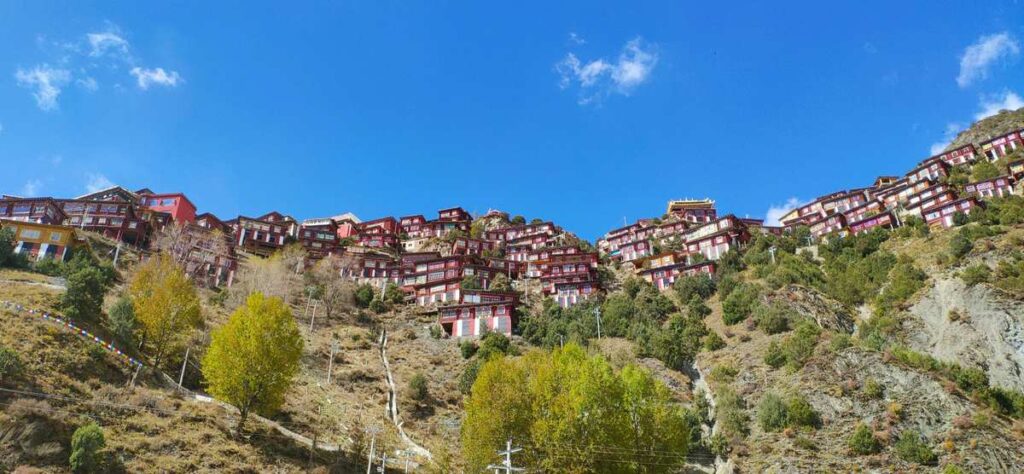
visit Dzongsar, Dzongsar Monastery was founded in 746 by a Bönpo lama. Located on a promontory overlooking the great Khamje Valley in Derge, the monastery is the birthplace of the Khyentse lineage. Today it is a vibrant Tibetan community that includes a large monastery, a shedra (monastic college), a clinic, retreat centers, and a school. Dzongsar is home to both lay and monastic practitioners, who are dedicated to the study and practice of Dharma.
Palyul
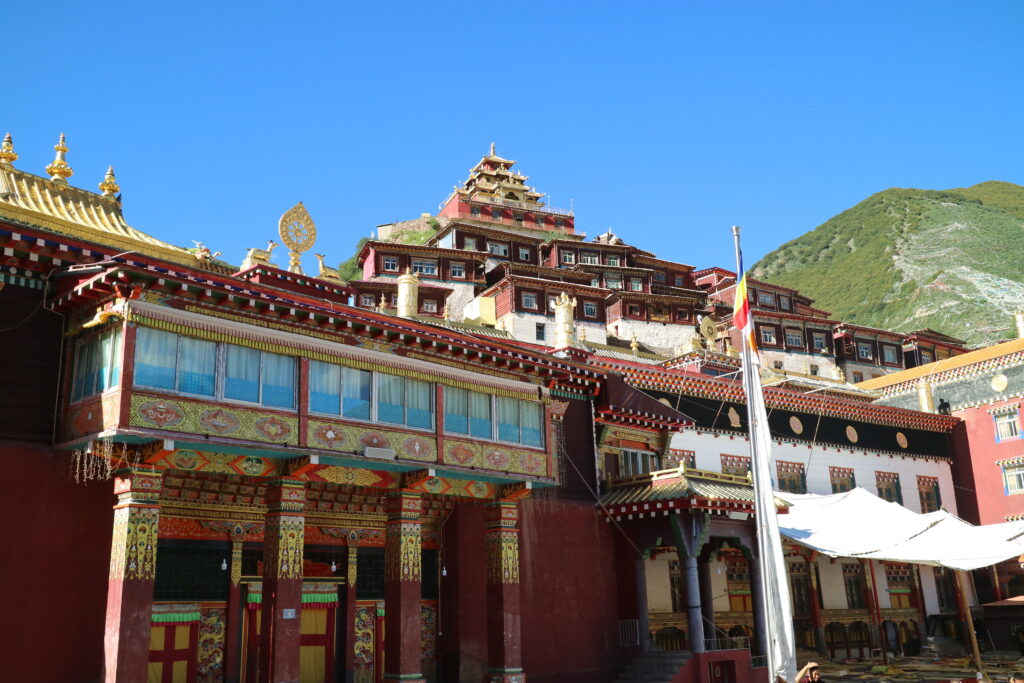
Katok or Katok Dorjeeden is one of the six principal monasteries of Nyingmapa sect of Tibetan Buddhism. Katok Monastery was founded in 1159 by a younger brother of Phagmo Drupa Dorje Gyalpo, Katok Dampa Deshek, at Derge, the historic seat of the Kingdom of Derge in Kham. In Pelyul visit the Palyul Monastery. It was built by Lhachen Jampa Phuntsog, the first Dharma King of Dege. It was constructed on a site which possesses all the essential auspicious signs and had been blessed by the presence of many great Mahasiddhas.
Rongdrak
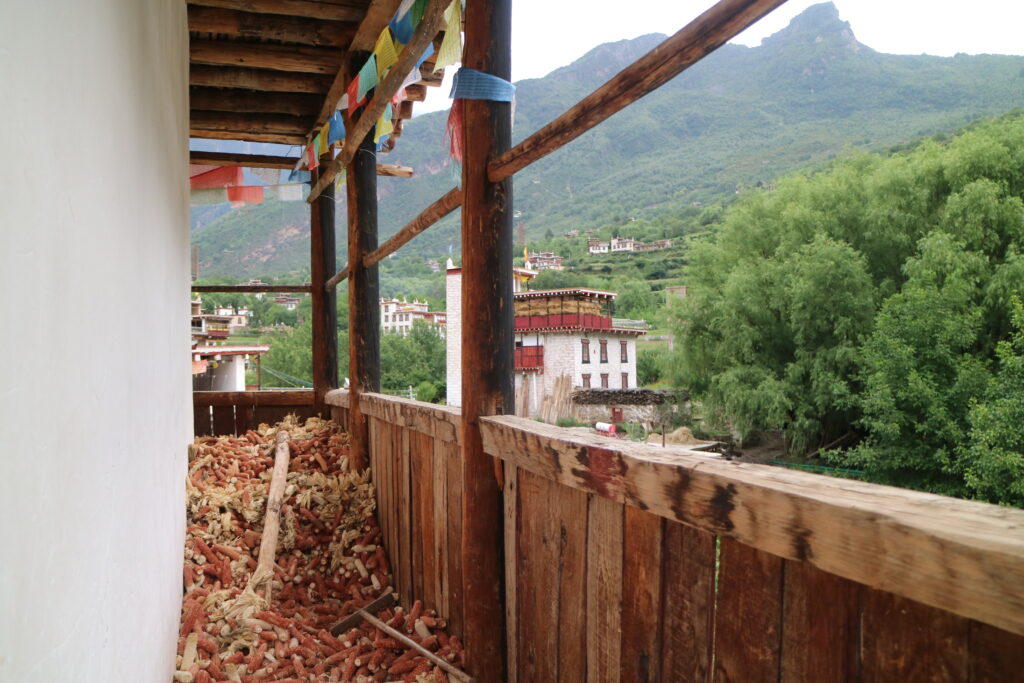
Visit Lhagang Gonpa or Minyak Pel Lhagang Monastery is a Sakya monastery located in Lhagang village, Dartsedo, in the Minyak region in Kham (East Tibet). Lhagang Monastery is regarded as one of the most famous monasteries in the region, mainly due to the Jowo statue kept there, which many believe is of equal importance to the Jowo statue in Lhasa. You can also see the Zhara Lhatse is the highest mountain in Minyak region of Kham. And It has an elevation of 5820m. And the unique sharp pointed shape made the Mt Zhara Lhatse itself more beautiful and holy. This mountain is also strongly connected with the stories of Guru Rinpoche (Padmasambhava). Once arrive in Danba.
Chengdu
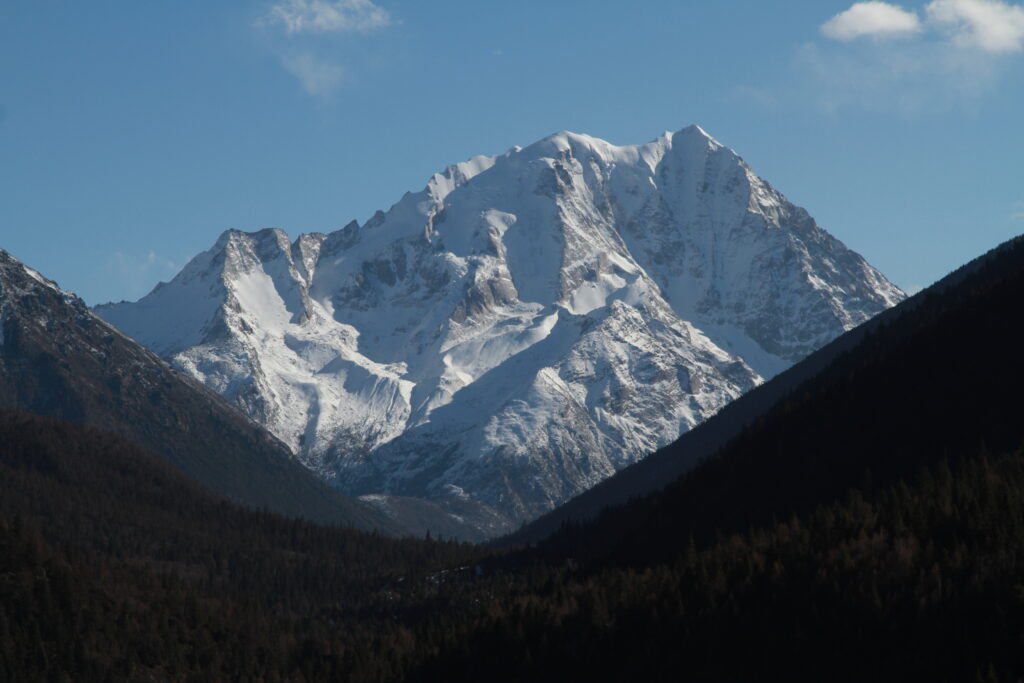
On the last day, drive to Chengdu via Gulha in Tibtetan or Siguniang Shan in Chinese.
 Tibet World Travel Tibet Tour, Tibet Trip, Tibet Travel, Tibet Train, Tibet Trekking,
Tibet World Travel Tibet Tour, Tibet Trip, Tibet Travel, Tibet Train, Tibet Trekking,
